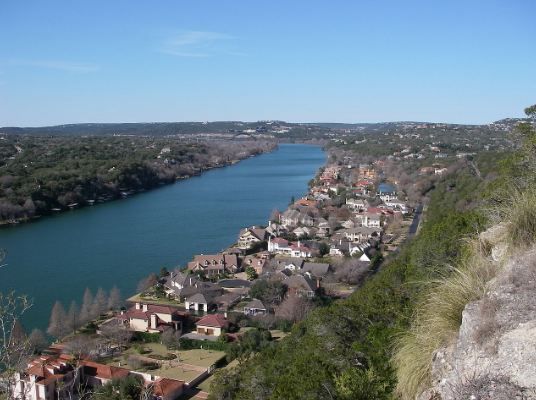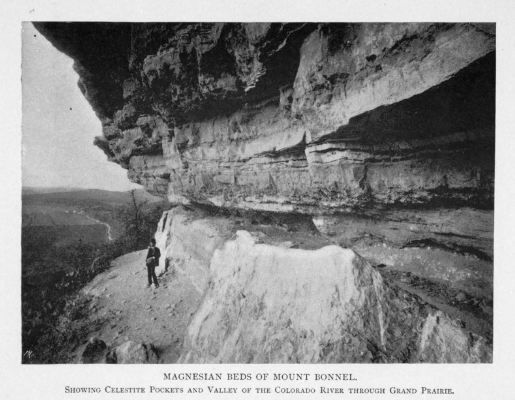Mount Bonnell, also known as Covert Park, is a protruding point located alongside the Colorado River’s Lake Austin portion. Since the 1850s, Mount Bonnell has been a well-known tourist destination. One of the reasons it’s a popular tourist spot that gives the perfect view of the City of Austin and the surrounding hills. Mount Bonnell became a Recorded Texas Historic Landmark in 1969, and it has the Marker number 6473. In this article, we are going to know more about the history of Mount Bonnell and why a popular tourist attraction since the 1850s.
History
Mount Bonnell is located in what we now know as the West Austin along the Colorado River. Back in the 1830s, Mount Bonnell was Native American territory before the Anglo settlements started taking over. Historical records prove that the first ever recorded thoughts about Mount Bonnell were written by a soldier named George W. Bonnell. He climbed the mountain to the top and wrote about the environmental findings he saw up there.
During the 1850s, Mormons started to move into the area and build a mill at the bottom of Mount Bonnell. However, this said structure got lost in flood, that is why the settlement decided moved on. During this time, Judge Williamson and Sam Houston and Judge Williamson chose to visit the summit of Mount Bonnell.
Mount Bonnell slowly became the site of parties and celebrations. They held Maypole dances, and in 1898, a woman named Miss Hazel Keyes, along with her pet monkey called Miss Jennie Yan Yan, successfully performed a stunt where they had to ride a cable from the summit of Mount Bonnell going down to the water. Back in the 1900s, an Austin businessman named Frank M. Covert Sr., decided to donate the land Mount Bonnell sits on to Travis County. After fifteen years, Travis County gave it to the City of Austin. During the late 1930s, the top of Mount Bonnell was called the Covert Park, and the City of Austin even built a boulder monument at the mountain’s summit to honor Frank M. Covert Sr.
Today, we no longer see only fields of endless green on either side of the water because residences started to pop up. Despite this, Mount Bonnell still offers a glimpse of several beautiful examples of Texas wildlife, such as lime oaks, persimmons, ash juniper, and mountain laurel. Aside from these, you can also spot some purple martins, Texas spiny lizards, and armadillos in the area, as well.
Aside from the wildlife, Mount Bonnell also offers a great panoramic view of the city. It even has a 360 bridge where you can see Lake Austin and Downtown Austin. If you can reach the top of the mountain, you will see a pavilion where you can rest and take in the breathtaking views.
In 1969, Mount Bonnell was designated as a Texas Historic Landmark, and in 2015, it got listed on the National Register of Historic Places.
What’s with the Name?
Mount Bonnell is believed to have been named after George W. Bonnell, an early Texas newspaper publisher who moved to Texas in 1836. George W. Bonnell happens to be a publisher of the local paper The Texas Sentinel. And he was also a well-known man during early Texas and Travis County.
However, other people have long credited George Bonnell to be the mountain’s namesake. A man named Albert Sidney Johnston may have named Mount Bonnell, after his friend and fellow West Point graduate Joseph Bonnell. He also happens to be a Captain in the Texas Army during the War for Independence. However, take note that there is little concurrent evidence to support either derivation of the name.



